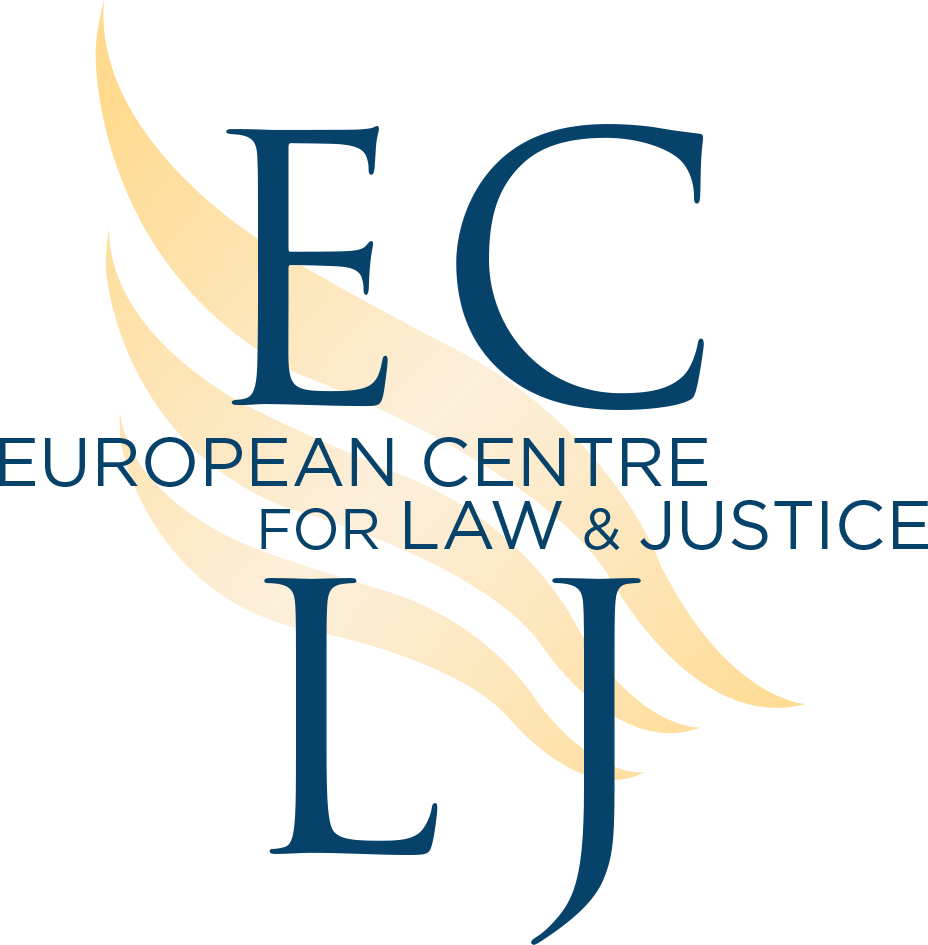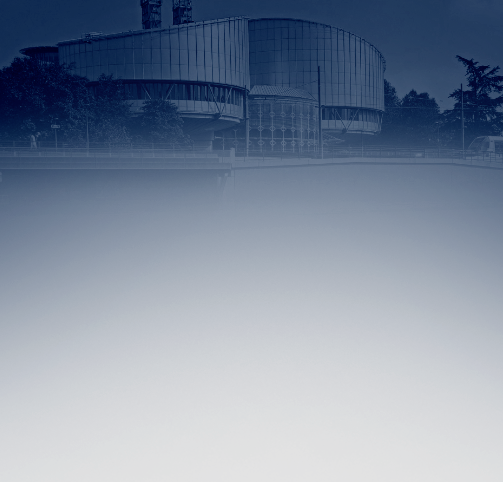
How the European Court of Human Rights Constructs a Right to Die
How the ECHR Constructs a Right to Die
As the European Court of Human Rights (ECHR) prepares to rule on a significant euthanasia case on November 28 and as it has been seized by 34 other applicants in two cases against France, Grégor Puppinck retraces and critiques the steps through which this European Court constructs a right to die. Grégor Puppinck, holds a PhD in Law and is Director of the European Center for Law and Justice, an NGO based in Strasbourg. Javier Borrego, a former judge at the ECHR and the Spanish Supreme Court, associates with thus viewpoint.
The ECLJ intervened before the ECHR in the case of Karsai v. Hungary, and submitted written observations presenting and criticizing in a detailed manner the stages of the European Court's jurisprudence on this matter.
Op-Ed originally published by FigaroVox
May I dare to write it down? Ten years ago, a former jurist from the European Court of Human Rights (ECHR) showed me a sheet of paper outlining the past steps of the Court's jurisprudence on euthanasia. It also featured the future steps leading to the progressive recognition, judgement after judgement, of a human right to voluntary death encompassing assisted suicide and euthanasia. Each step, past and future, in the establishment of this "right" was clearly marked on a "timeline". Although presented as authentic, I cannot assert or prove it, and my informant did not allow me to make a copy. Regardless, this document astonished me, prompting me to verify its accuracy. This verification resulted in the publication of a study that indeed confirmed and exposed how the ECHR incrementally builds a right to voluntary death. This study described a clever jurisprudential construction, using ambiguous citations to establish a ‘right’ not only absent from the European Convention on Human Rights but also contrary to its letter and intent of its drafters. Indeed, adopted shortly after World War II, the European Convention on Human Rights clearly states, in Article 2, the principle that ‘No one shall be deprived of his life intentionally.’ It provides no exception for cases involving the individual’s consent to being killed.
However, this fundamental principle did not prevent the Court from constructing such a right to receive death, through successive shifts. To achieve this, the Court shifted the question of voluntary death from the realm of Article 2 to that of the famous Article 8 of the Convention. Initially designed to protect private and family life, the Court extensively interprets Article 8 to assert new rights or prevent the expulsion of foreigners. The method is simple: the Court only needs to bring a situation or practice within the scope of private or family life to compel States to justify their restrictive legislation and decisions in the matter. Criticizing this approach, former judge Küris went as far as to affirm that Article 8 had transformed into an "article ∞", given its infinite scope.
Initially, the European Court ruled on a series of requests from individuals seeking the right to die. In the cases like Pretty, Haas, Koch, and Gross, judged between 2002 and 2013, the applicants were either ill, disabled or simply tired of living. The Court then held that this request to die had a basis in Article 8 of the Convention, and that States had to individually justify their refusals to provide poisons to the applicant; Article 2 only required them to limit the risks of abuse, preventing an individual ‘from taking their own life if the decision is not made freely and with full knowledge.
Adopting a quote from a Swiss court, the ECHR then embarked on recognizing "the right of an individual to decide how and when his or her life should end, provided that they are able to form their will freely on this matter and act accordingly." The Court targeted suicide (where the person kills themselves with poisons supplied by a third party) and based this right on a new conception of dignity. This individual and relative conception replaced the ‘inherent’ human dignity, and thus universal and absolute dignity that underpinned post-war human rights. In simple terms, the ECHR shifted its concept of dignity to adopt that of the advocates of the ‘right to die with dignity’ and the ‘Dignitas’ association. This philosophical choice has fundamental consequences for the interpretation of rights and freedoms extending beyond the question of euthanasia. According to this conception, respect for individual will takes precedence over moral prohibitions based on human dignity, notably the prohibition of killing.
Having laid these foundations, and as the practice of euthanasia spreads in Europe, the time had come to take a decisive new step: to clearly assert that euthanasia, namely the intentional infliction of death on another, is not contrary to the principle that “No one shall be deprived of his life intentionally’ contained in Article 2 of the European Convention. This is what the ECHR did in 2022 in the case of Mortier against Belgium, extrapolating previous jurisprudence and reaffirming the ‘right of an individual to decide how and when their life should end’ (§135), but in a truncated manner, without quoting the rest of the sentence specifying the conditions attached to this right, namely ‘provided that [the individual] is able to form their will freely on this matter and act accordingly.’ The initial mention of the "ability to act accordingly" referred to assisted suicide, and clearly excluded euthanasia. The Court invoked its acceptance of abortion to justify that of euthanasia. A Cypriot judge, Georgios Serghides, strongly contested this ruling, recalling on the sidelines of the judgment that ‘any form of euthanasia or legislative framework surrounding such a practice would not only lack a legal basis under the Convention, but would also be contrary to the fundamental right enshrined in the Convention, namely the right to life.’
Now that assisted suicide and euthanasia are considered compatible with the Convention, the Court must unfold the rest of its reasoning to affirm the existence of a right to die under the Convention. The next step could happen in a case against Hungary, a country that nobody wants to defend (Karsai v. Hungary). The issue is the impossibility for a seriously ill person to undergo euthanasia or assisted suicide, due to the criminal prohibition of these practices. Proof of the importance and media coverage that the Court wishes to give to this case: a public hearing is scheduled on November 28. No need to mention that it happens in a tiny minority of cases.
The following cases are ready but still pending. There is a series of them filed by thirty-four (34) applicants in cases against France. These applicants are mostly members of the "Dignitas" association and invoke ECHR case law against France to compel it to progress in recognizing a right to euthanasia. It is a way to accompanying and paralleling the national legislative process.
The document presented to me ten years ago has proven to be accurate. This is not surprising at all, because the European Court is deeply rooted in its nature which consist of always seeking to assert new rights as conquests of individual freedom at the expense of "past" conceptions of morality and the common good. From this perspective, the acceptance of euthanasia being contrary to the letter of the Convention and to the original intent of the States is not an insurmountable obstacle, as legal rigor yields to the imperative of the "progress of human rights."
NB: The euthanasia cases currently pending against France are B. v. France and 2 other cases, (no. 28026/23) and A. and others v. France (no. 17952/23).
SIGNATURES











